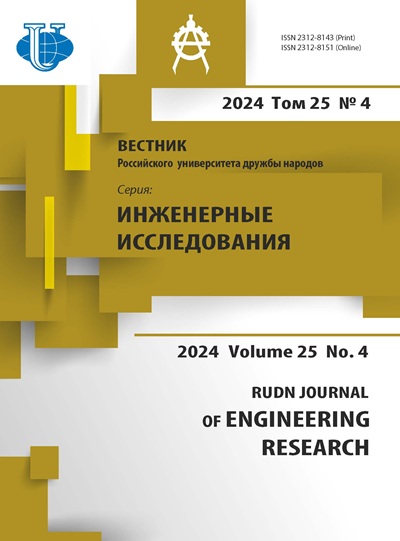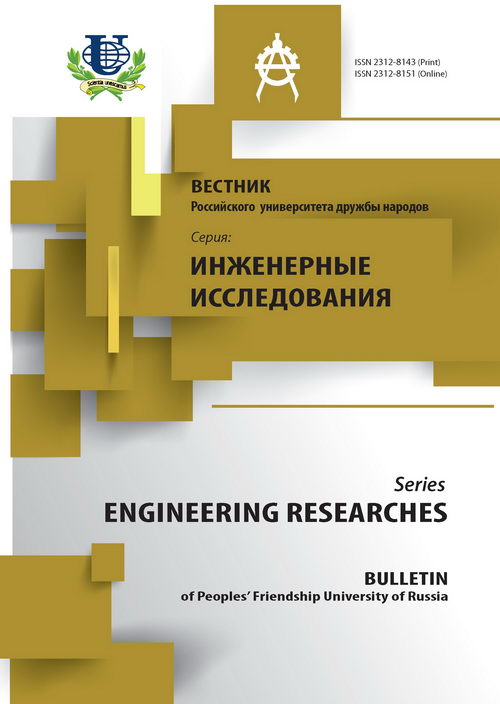Abstract
As the title implies the article describes effect of heat treatment on magnetic and mechanic properties amorphous soft magnetic cobalt-based alloy Co57Fe5Ni10Si11B17 obtained quenching from the melt. As you known, for amorphous ferromagnets are characterized by temperature instability of the magnetic and mechanical properties, which can largely degrade operation properties. To study the effect of annealing on the magnetic and physical-mechanical properties amorphous ferromagnet materials is of both scientific and practical interest, as it allows to determine the temperature application limits of the material and to optimize the magnetic properties under the influence of this factor. It is shown that heat treatment can lead to changes in the magnetic properties, and it does not cause structural changes within the resolution of x-ray diffraction. Noted the impossibility of the simultaneous receipt of all the necessary magnetic properties. After the annealing at 773 К and 823 K x-ray diffraction analysis shows a diffuse halo. Only after heat treatment at 873 K displays characteristic peaks that are the result of the last crystallization. Analysis of diffraction patterns allows us to conclude that the structural state of the alloy after heat treatment at 873 K allows us of the is responsible mixture of a solid solution based on α-cobalt and borides Co3B and (Co, Fe)2B. The crystallization temperature of the alloy according to thermal analysis is 833 K. Thus, the processes occurring in the temperature interval 373-473 are the result of topological and compositional streamlining, while increasing the annealing temperature above 473 joined by processes, resulting in fragmented appearance of fine crystalline phases. For the investigated alloy is characterized by intensive (4-5 times) reduction of permeability with frequency, which is natural in accordance with the model of damping of eddy currents. There was a trend to the re-growth of level of magnetic characteristics after annealing at 573 K.This effect is accompanied by intense embrittlement of the material. Appropriate heat treatment should recognize the annealing temperature of 473 К.
















